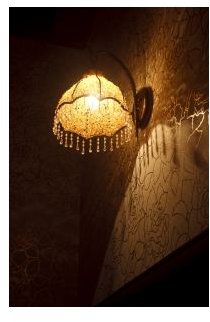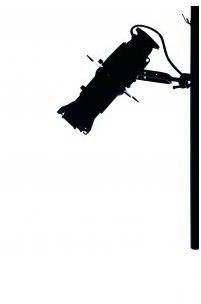Film Lighting: How to Make Your Video Look Like a Hollywood Classic
Light It Up
The major difference in quality of image between amateur and professional video is lighting. Even the most high-end digital and film cameras will look sub-par if the proper lighting is not applied; likewise, lower-end cameras can look broadcast ready if the lighting is on point. This does not always require the most expensive HMI’s and large-scale grip and electric departments, but instead just a clear idea of how to light for the image you are trying to achieve. Here is a look at a few tips so that you can create motion picture and video lighting that will match your expectations and look like a professionally produced studio film.
Sharpness
The first thing that you find on many films is that there is a general lack of structured lighting, often allowing the image to appear flat. This is different than an obvious mistake, such as under lighting, which occurs when you simply do not provide enough light to properly expose the image. Flat lighting happens when your film lighting plan does not have enough contrast applied to it, which occurs when there is slow lighting falloff from the target subjects.
The four point lighting set up is often standard because it provides three dimensions of lighting on a subject and one on the background - this is something that should try to be observed when possible. What you should try to do is see a light spectrum from dark to light in your image, trying to provide enough sharp light on the subject to make sure that they stand out. If you are looking at your film lighting setup and see that the subjects do not stand out enough from the background then you may want to increase the edge light that is shining on them from behind. In general, you want to make the image somewhat striking and it does not always need to reflect what the reality of light would be in an assumed environment.
Situation
The situation for the lighting is really an issue that comes as an extension of the previous requirement of sharpness. Each scene requires somewhat different lighting setups that coincided with both the mood and the assumed reality of the scene. Though you want a certain amount of contrast, you do not want to use a film lighting setup that is overly dramatic if the scene is not. In regular Hollywood lighting you will notice that different genres tend to have somewhat different lighting patterns. If you are creating a horror or thriller film then you will need

very high contrast to increase tension, but a light romantic comedy will be a little flatter and much brighter.
This extends to the reality of the situation as well. Though you do not need to reflect the physics of the light in a situation, you have to at least respect the setup. For example, you do not want to have a distinct key light coming from below someone’s face when they are outside on an overcast day. To solve this problem most people in motion picture and video lighting will use motivation for their light. What this means is that they will use a shown, or assumed, light in the location to appear as though it is inspiring the light on the subjects. For example, if you have a fill light coming on the side of one character’s face you could put a low light lamp in the corner of the frame. Though the lamp is not actually causing the light, the audience will accept that it is and will remain connected with the scene.
Exposure
The rule that you often need to follow in your film work if you want to mimic Hollywood lighting it is that you need to expose the important parts of the frame. At no point should the audience have to strain to see intended items as this will make them aware of the screen rather than staying connected with the scene. This means that even though it can violate many of the intended setups, a broader light that will show all objects in a scene is going to be preferential to unreasonably dark spaces.
The only way that this can be practically achieved when you are on set is by using a light meter at all areas of the scene. This means using the regular light readings from a variety of different readings when you are doing the primary lighting. To do this you must position the assistant camera person running the light meter in all the locations where important subjects and objects will be located to get the proper exposure reading. Later, if you have dark areas that you are unsure will be properly exposed you should try to use the spot meter to double check the f-stop reading. If it is too low you need to look at any light diffusion methods that are being employed and decide if you want to open it up to more naturally available light.
References
Article written based on author’s own experience.
Image credits:
